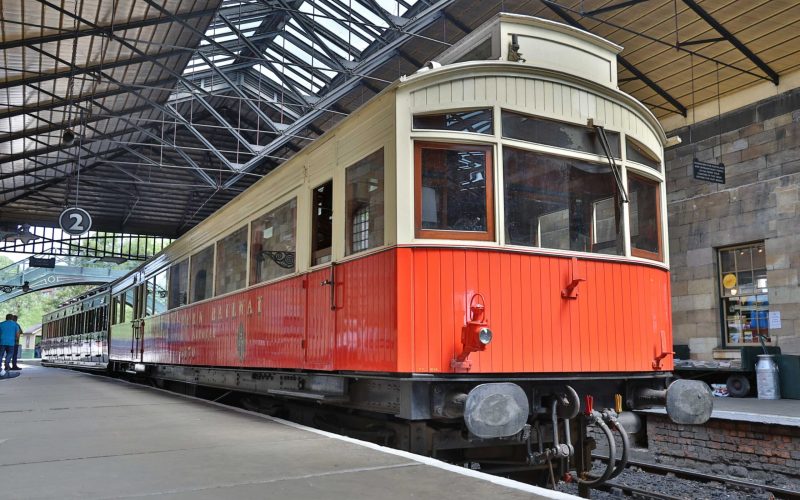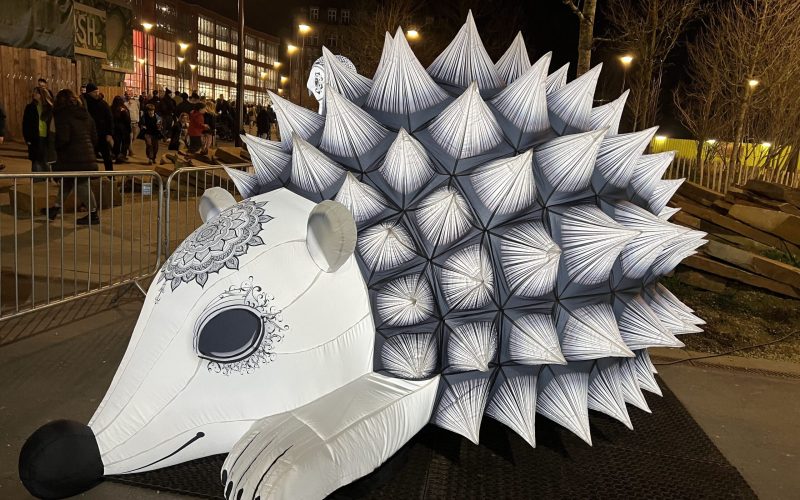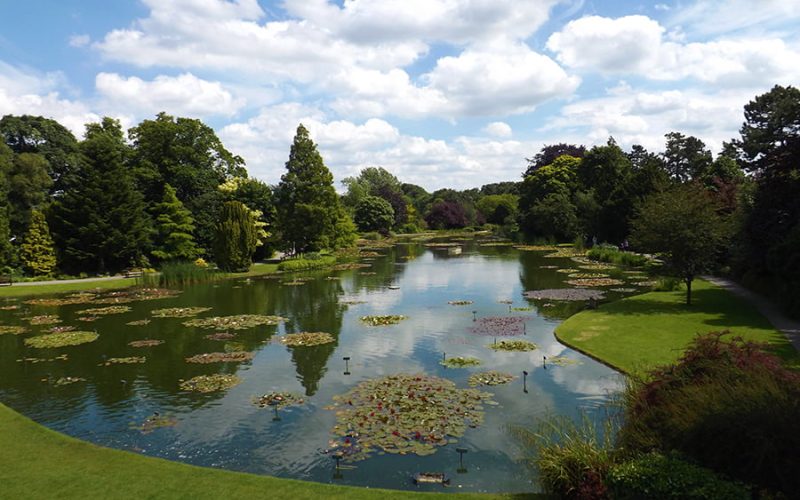Farfield Mill
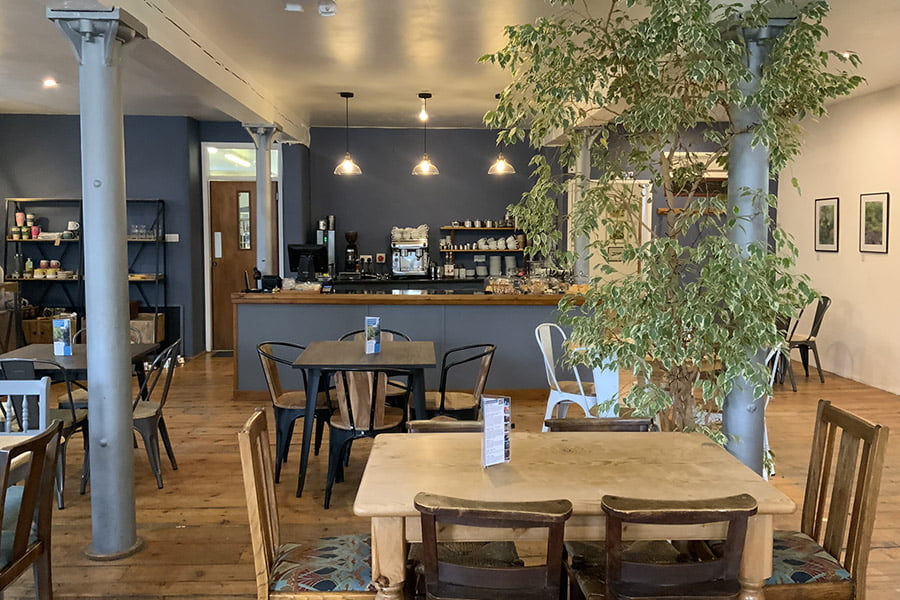
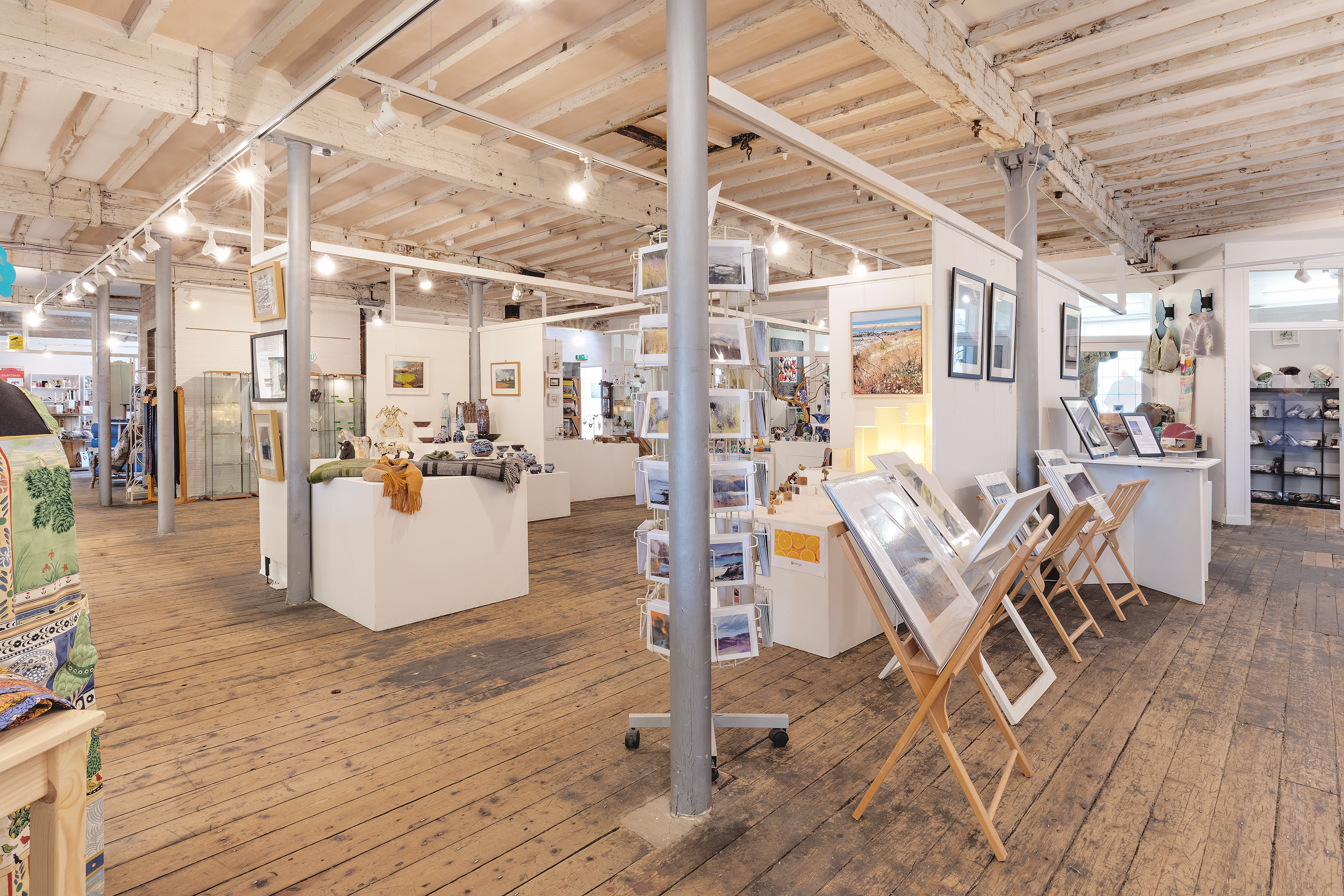
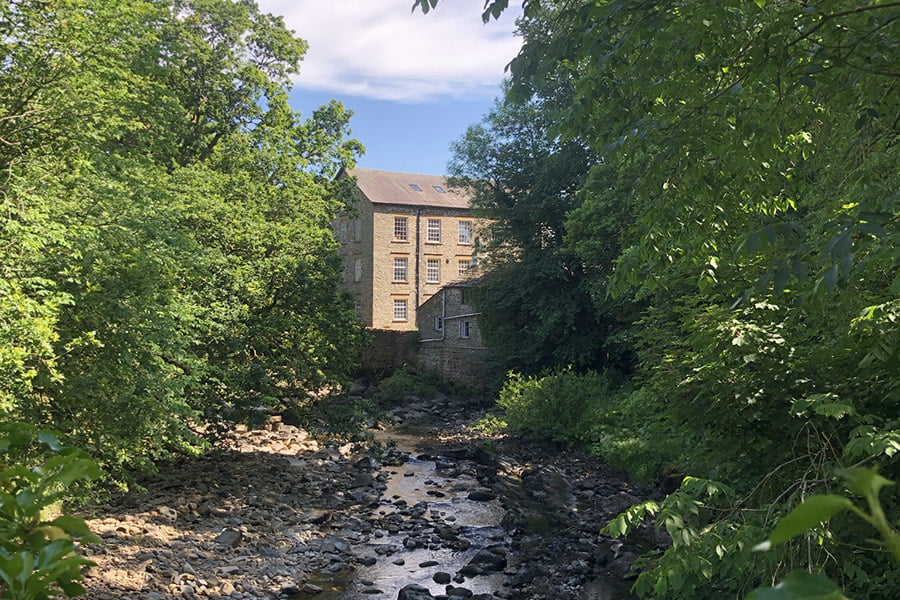
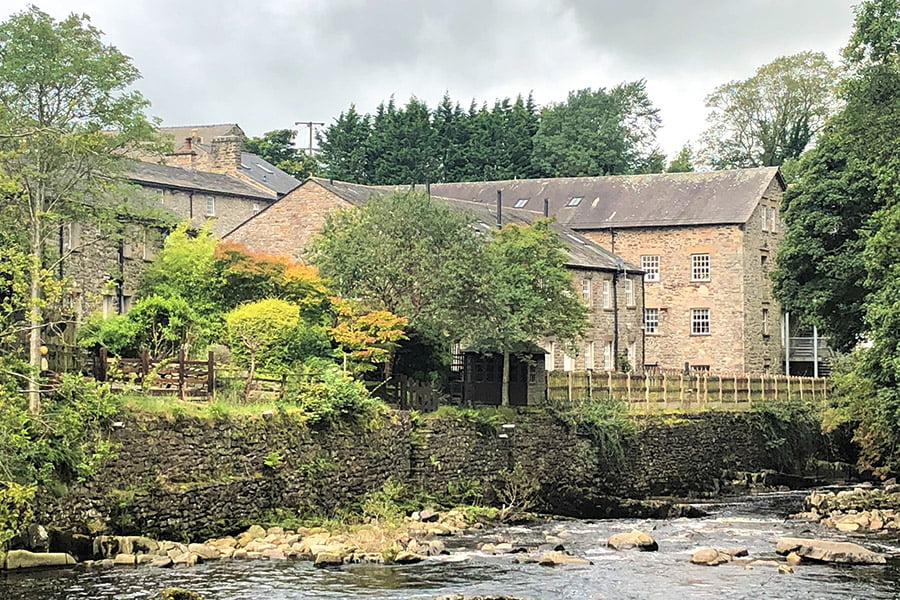
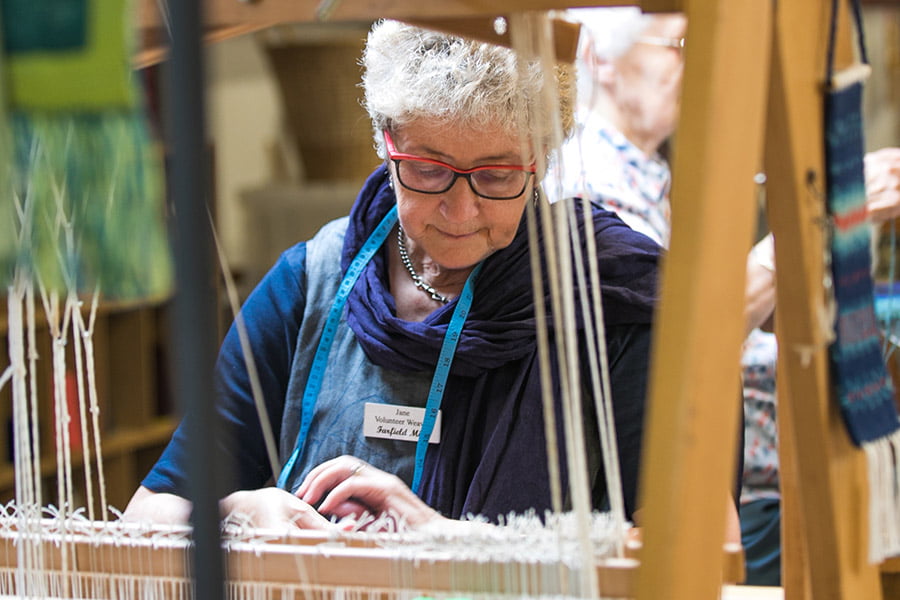
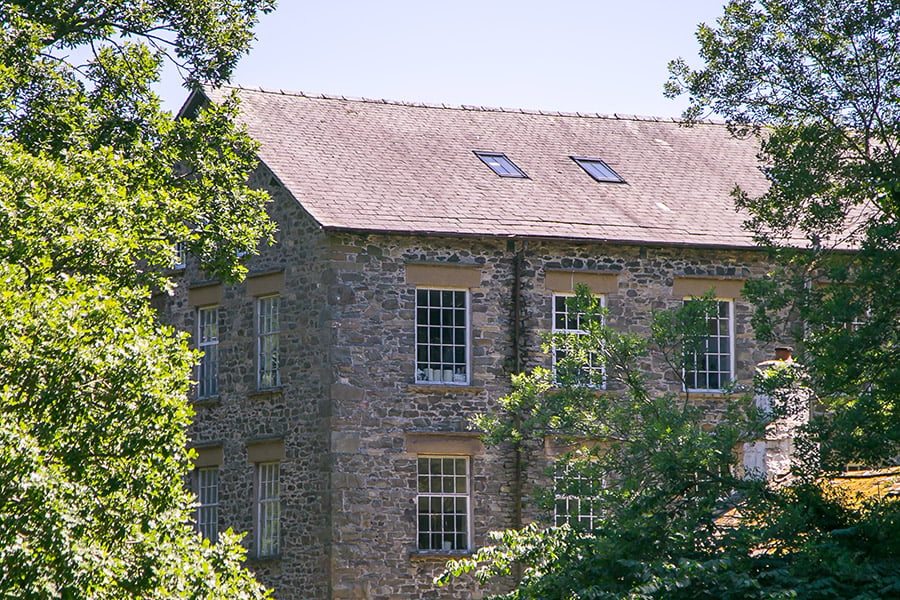
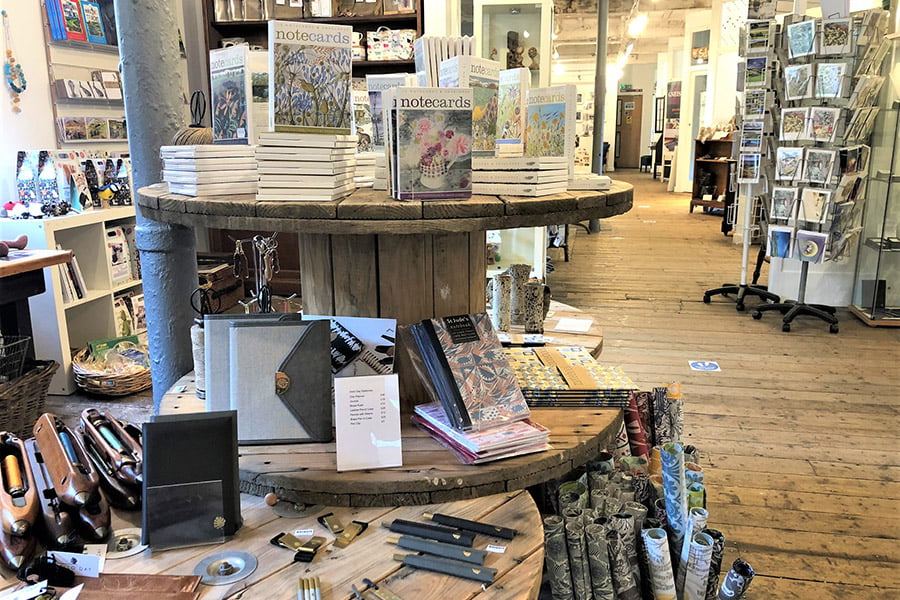
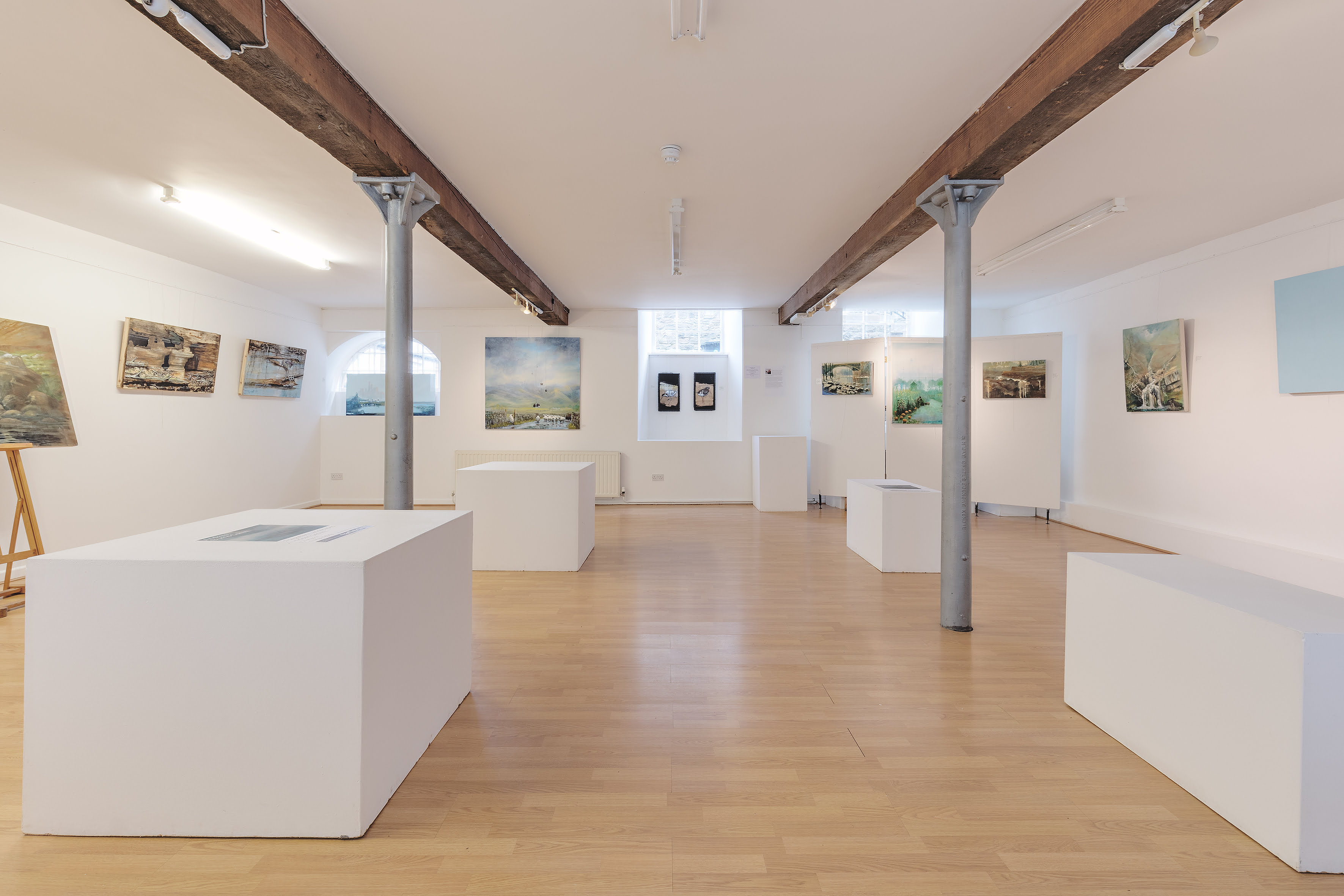
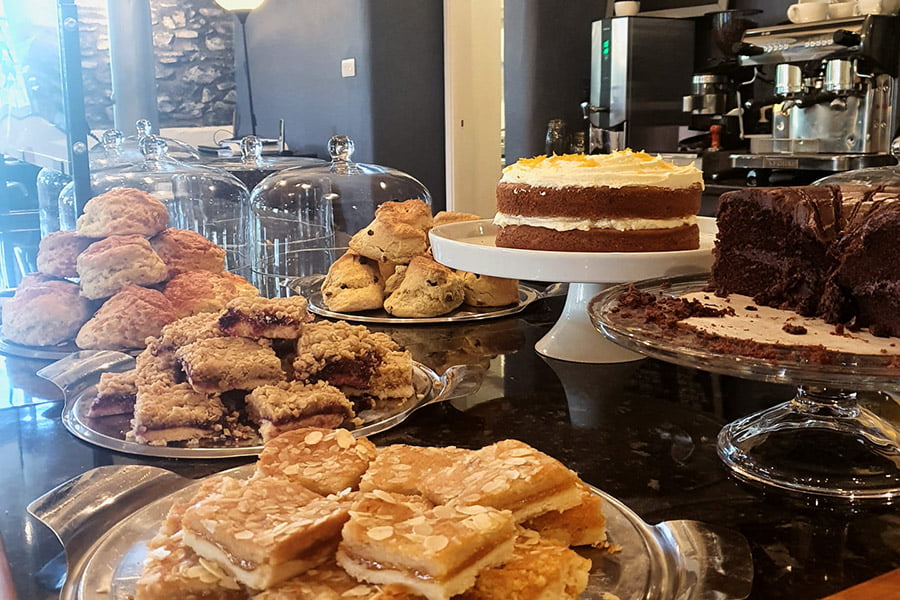

Farfield Mill is a restored Victorian woollen mill in a quiet corner in the Yorkshire Dales National Park. The mill building is an interesting example of 19th-century industrial architecture, with its thick stone walls and riverside setting. It has been carefully restored to keep its historical character while making space for artists and visitors today.
Come and find out about the rich history of the textile industry of the Yorkshire Dales and delve into the past exploring the lives of the mill workers. Learn about the processes of textile production and how this changed over time as new machinery became available.
The Tea Room at Farfield
Our Tea Room is next to the river with outdoor seating area with shelter if the weather is not fair. Visit the Tearoom at Farfield Mill for homemade cakes, light lunches, and good coffee.
Craft Galley and Mill Shop
The craft gallery is the perfect place to find a wide range of handcrafted goods, perfect if you're looking for unique gifts or souvenirs that support local artists. See some of the studio artists working in their studios and buy handcraft gifts.
Exhibitions at Farfield Mill
There are several exhibition spaces with regularly changing exhibits. Expect a mix of contemporary art and craft from local and national artists. There's always something new to see.
Studio Artists
Farfield Mil provides affordable studios for artists and makers.
There are 18 Studios at the Mill which are home to a community of artists and makers who live in the local area. Their work ranges from contemporary craft of weaving, knitting, quilting and rag rugging to fine art.
They are happy to chat to visitors when they are in their workshops, and you can see how they create their work.
